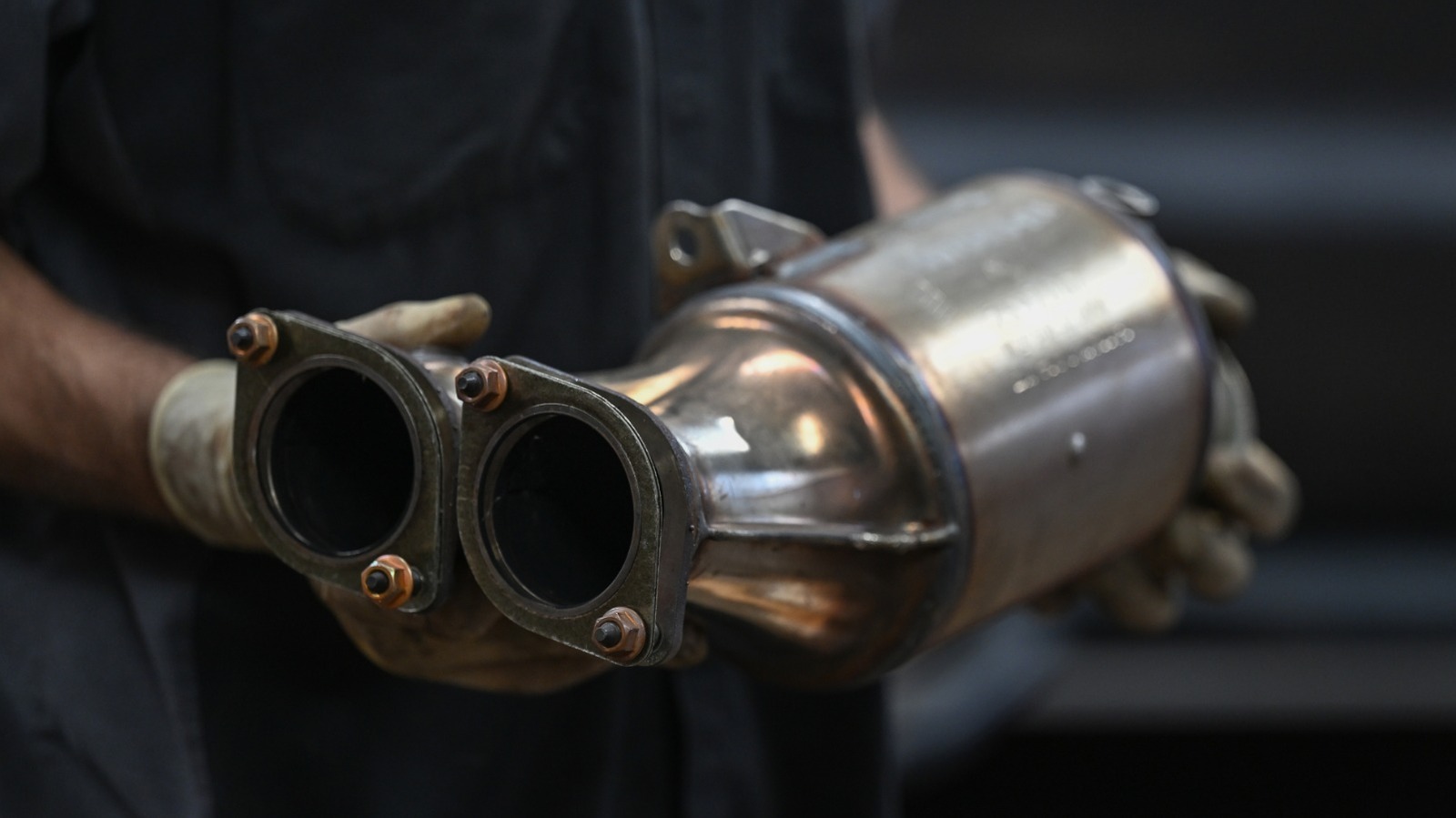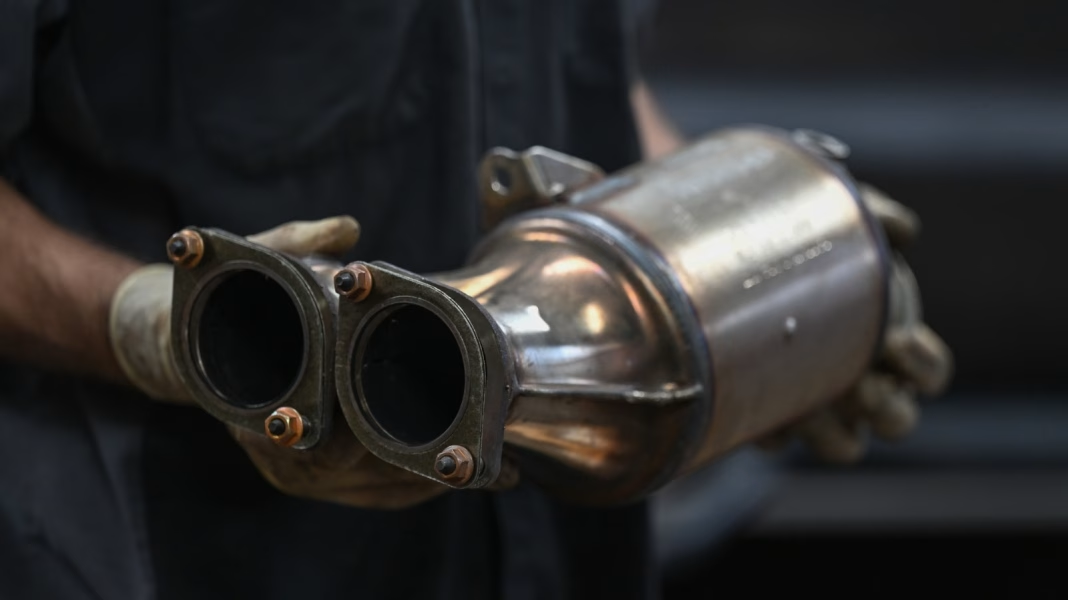Why Are Thieves So Interested in Catalytic Converters?
If you’ve ever walked out to your car and heard a guttural roar instead of the usual purr, you might already know the answer: catalytic converters are a hot commodity for thieves. But why? The secret lies in the precious metals tucked away inside these unassuming metal canisters. Platinum, in particular, is the star of the show. It’s not just valuable—it’s essential for how catalytic converters clean up your car’s emissions. And with platinum prices hovering between $900 and $1,100 per ounce as of early 2024, it’s no wonder these parts have become a target.
How Much Platinum Is Actually Inside a Catalytic Converter?
Here’s the surprising part: despite their reputation, catalytic converters don’t contain huge chunks of platinum. On average, a standard catalytic converter holds between 3 and 7 grams of platinum. To put that in perspective, that’s about the weight of two to three paperclips. It might not sound like much, but when you do the math, even a few grams can fetch anywhere from $90 to $250, depending on the current market price.
The amount varies based on the vehicle. Larger trucks and SUVs often have converters with a bit more platinum, while smaller cars might have less. Some high-performance or luxury vehicles use more precious metals for stricter emissions standards, making them especially attractive to thieves.
What Role Does Platinum Play in a Catalytic Converter?
Platinum isn’t just there for show—it’s the workhorse behind the scenes. When your engine burns fuel, it creates harmful gases like carbon monoxide and nitrogen oxides. The platinum in your catalytic converter acts as a catalyst, triggering chemical reactions that convert these pollutants into less harmful emissions. It’s a bit like a magic trick, but with real science: platinum helps break down the bad stuff, making your car’s exhaust cleaner and safer for the environment.
Why Not Use Cheaper Metals Instead?
You might wonder, if platinum is so valuable, why not swap it out for something cheaper? Automakers have tried. Palladium and rhodium are also used in catalytic converters, but they’re not exactly bargain-bin metals either. In fact, rhodium is even pricier than platinum, sometimes reaching over $10,000 per ounce. While researchers are working on alternatives, nothing matches platinum’s unique ability to withstand high temperatures and catalyze those crucial reactions as efficiently.
Are All Catalytic Converters Equally Valuable?
Not quite. The value of a catalytic converter depends on the mix and quantity of precious metals inside. For instance, hybrid vehicles often have converters with higher concentrations of platinum, palladium, and rhodium, since their engines run cooler and need more help cleaning up emissions. That’s why models like the Toyota Prius are frequent targets for theft.
Scrap yards and recyclers typically pay more for converters from certain makes and models, and they’re quick to spot the difference. So, while every converter has some value, not all are created equal.
What Can Car Owners Do to Protect Their Catalytic Converters?
With thefts on the rise, prevention is key. Some drivers are welding metal shields over their converters, while others are etching their vehicle identification numbers (VINs) onto the part to make resale harder for thieves. Parking in well-lit areas, installing motion-sensor lights, or even setting up a dash cam can also help deter would-be criminals.
Law enforcement agencies have started cracking down on illegal scrap operations, but the demand for precious metals keeps the black market alive. Staying vigilant and taking a few simple precautions can save you a costly repair bill—and a major headache.
Is Recycling Catalytic Converters Good for the Environment?
Absolutely. Recycling old converters allows precious metals like platinum to be reused, reducing the need for new mining. Mining platinum is energy-intensive and can have significant environmental impacts, so every bit that gets recycled makes a difference. In fact, according to the International Platinum Group Metals Association, up to 30 percent of the platinum used in new catalytic converters comes from recycled sources.
The big takeaway? Protecting your catalytic converter isn’t about perfection—it’s about smarter adjustments. Start with one change this week, and you’ll likely spot the difference by month’s end.


